Bad Bunny: Redefining the Latinx narrative in times of crisis
Through his music and pride in Puerto Rican identity, he has uplifted his island and community, inspiring and benefiting the island's economy.
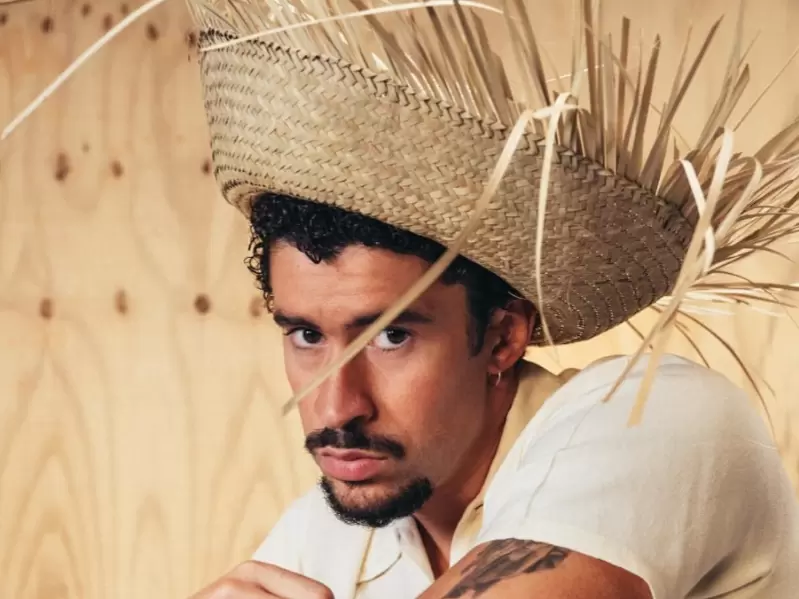 Puerto Rican superstar Bad Bunny . / Instagram/@Badbunnypr
Puerto Rican superstar Bad Bunny . / Instagram/@Badbunnypr
Puerto Rican superstar Bad Bunny served as the host of SNL’s Season 51 premiere on Oct. 4, 2025. He pointed to his upcoming Super Bowl halftime show in February 2026. He framed it not just as a personal milestone but as a collective achievement for Latinos (“our achievement… our contribution”).
With a bilingual delivery he underscored his identity as a Puerto Rican artist and his connection to the U.S. Latino culture, signalling a cultural moment. He has emerged as a voice of cultural resistance, said commentators at the American Community Media briefing.
Through his music and pride in Puerto Rican identity, he has uplifted his island and community, inspiring and benefiting the island's economy.
Bad Bunny, a voice of the times
“As a cultural nationalist, Bad Bunny has been able to amplify how many people feel in Puerto Rico. Those feelings also resonate in other parts of the world,” said Antonio Mejías-Rentas, a veteran entertainment journalist and former editor of Laupignon and Boyle Heights Beat.
“Some of these tensions are happening in various parts of the world.”
Bad Bunny has become a voice of the times, especially when he talks about not wanting to be displaced from his own neighborhood because of mass tourism, the rising cost of living, or the encroachment of neoliberal capital that’s transforming housing into financial derivatives. His voice resonates globally because these same struggles — economic displacement, gentrification, and the loss of cultural identity — are unfolding in communities around the world, Mejías-Rentas explained.
Subverting traditional notions of machismo in Latin culture, he appeared in skirts, nail polish, and drag, using his platform to question gender norms and support LGBTQ+ visibility.
“When you look closely at Bad Bunny’s trajectory, you also see a kind of unraveling, an ‘unanteo’ or a deliberated undoing of conventions,” said Mejías-Rentas. “For instance, one of the things that the right is really upset about, and that I see all over social media, is that he wore a dress for a photo shoot. That image alone became a flashpoint — a symbol of the kind of change many people resist and others celebrate.”
In songs like “Afilando los Cuchillos” and his public statements, he’s taken on Puerto Rico’s colonial status, government corruption, and social injustices. His 2019 protest performance in San Juan against then-governor Ricardo Rosselló became an emblem of youth-led resistance.
Bad Bunny as both a product and a driver of a demographic, cultural, and political turning point
There is a dialogue taking place between Bad Bunny and his listeners, a learning process that’s dialogic, where what he expresses through his music shapes how people respond, and their responses, in turn, influence his evolving artistic and political expression, said Mejías-Rentas.
“Bad Bunny is taking advantage of the moment. All these predictions of U.S. Latinos finally becoming a powerful number, and the enduring presence of Puerto Rico as part of the cultural landscape. All these factors are coming together,” said Francis Negrón-Muntaner, award-winning filmmaker, writer, and scholar, and professor at Columbia University, speaking at an America Community Media briefing.
We should see Bad Bunny's success as part of a long history
Bad Bunny can project himself globally in part because of demographic changes in the U.S., as well as the migration of Spanish speakers across the world. Shifts in technology have also made it possible for artists to deliver their music directly to audiences without intermediaries. Unlike the salsa stars of the 1970s, today’s artists can communicate with fans instantly and independently. “When Calle 13 dropped their first hit, they did so directly through the internet — something the salseros of the past could never have imagined.”
This direct access allows artists to retain more of their earnings and build their own brands. They’ve become savvier about the business, amassing a kind of economic and creative power that earlier generations struggled to achieve. Out of that long history of fighting to be heard and to have agency, an artist like Bad Bunny has emerged fully independent, culturally rooted, and globally resonant.
The cultural capitals are shifting
The cultural capitals are shifting. There was a time when places like Hollywood or New York were synonymous with global cultural production. But that’s clearly changing. Today, a superstar can emerge from almost anywhere. Punjab in India or Puerto Rico, USA.
As Daljit Dosanjh arrived at Coachella with a loud cry of “Punjabi AaGaye Oye!!” or “The Punjabis are here!!” do has Bad Bunny arrived on the US stage with a cry of “Learn Spanish by Super Bowl”.
“Pop culture defines global culture Voices that were once on the margins are finally coming into the mainstream.”
ADVERTISEMENT
ADVERTISEMENT
E Paper
Video



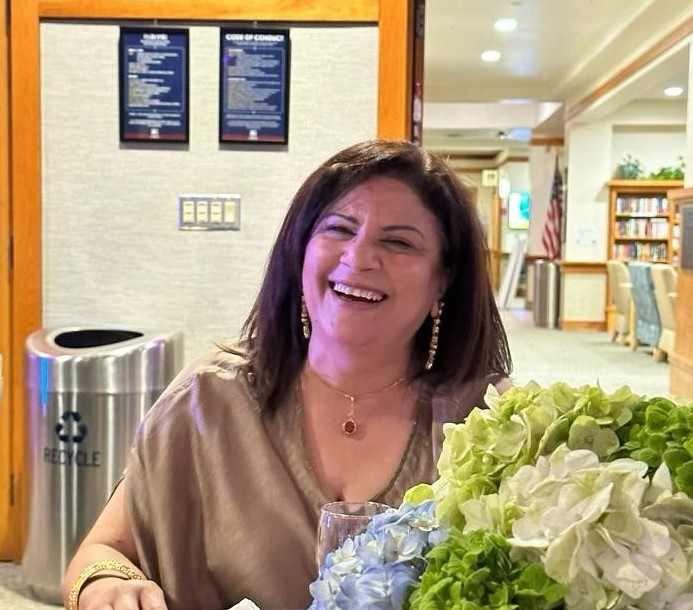 Ritu Marwah
Ritu Marwah 
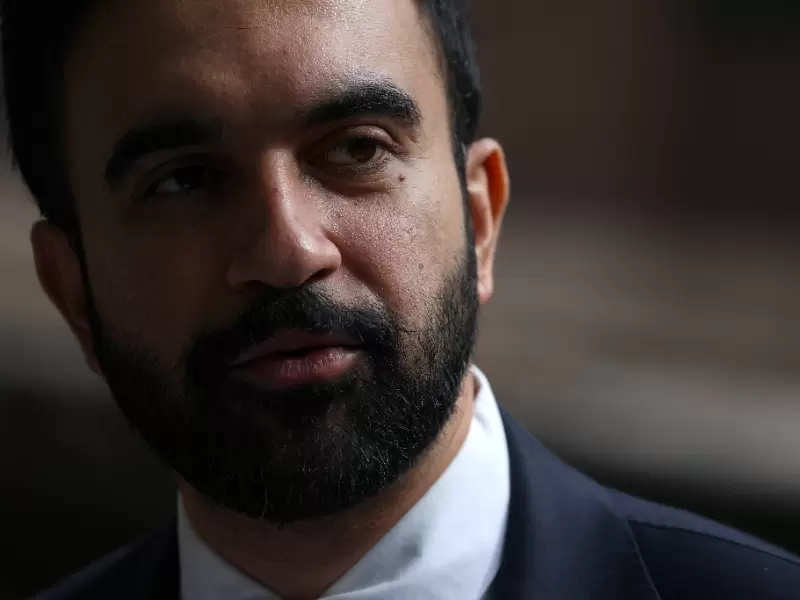
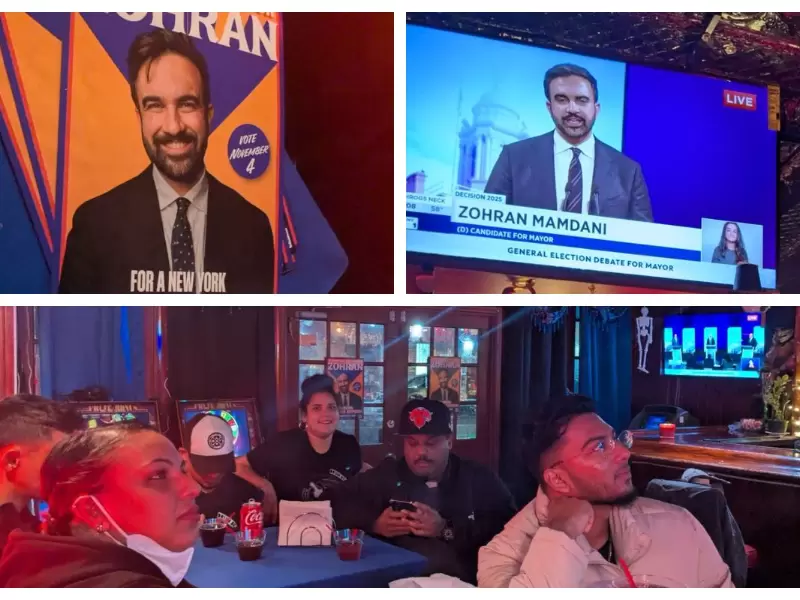
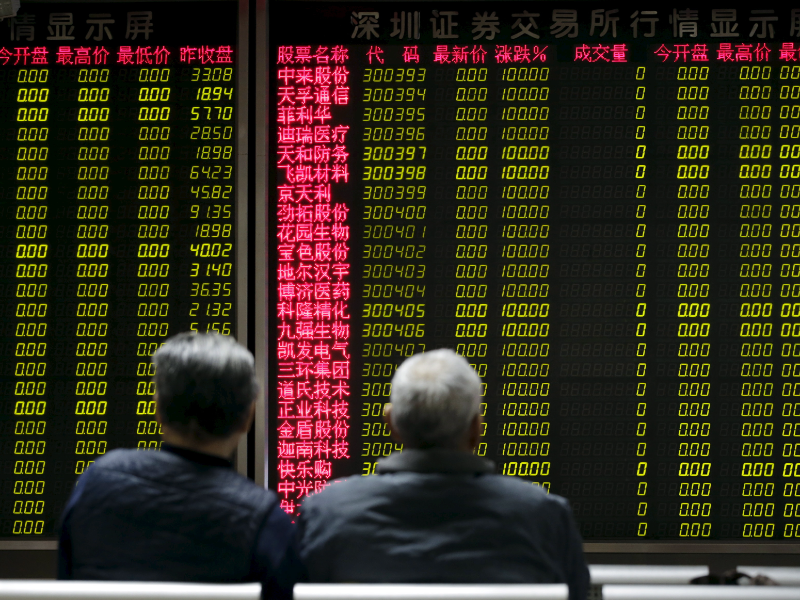
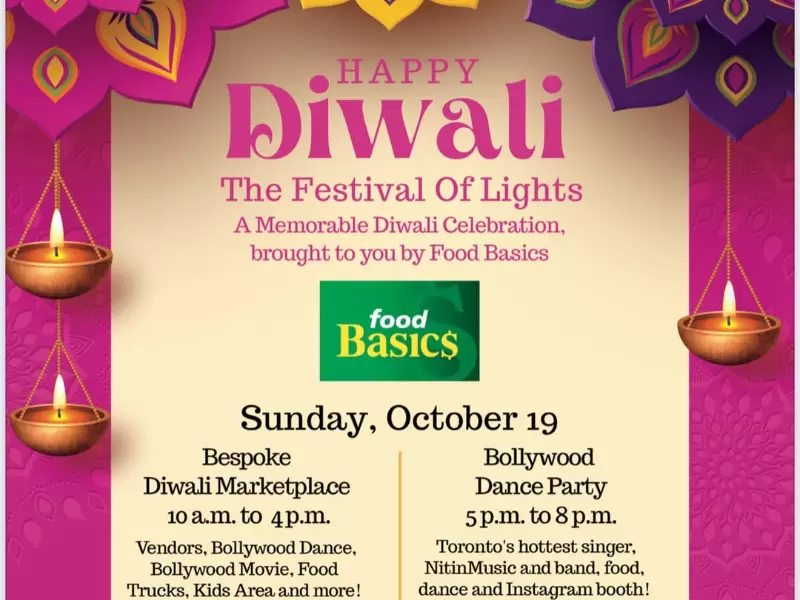
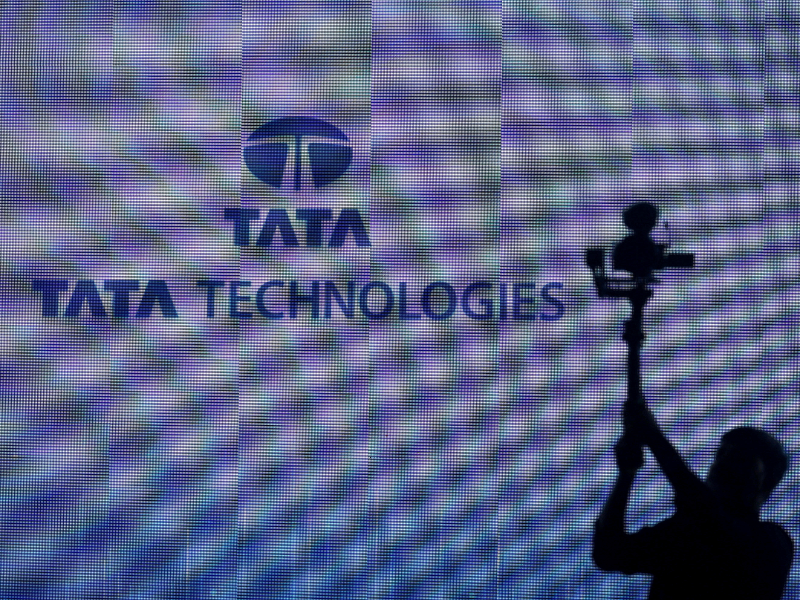
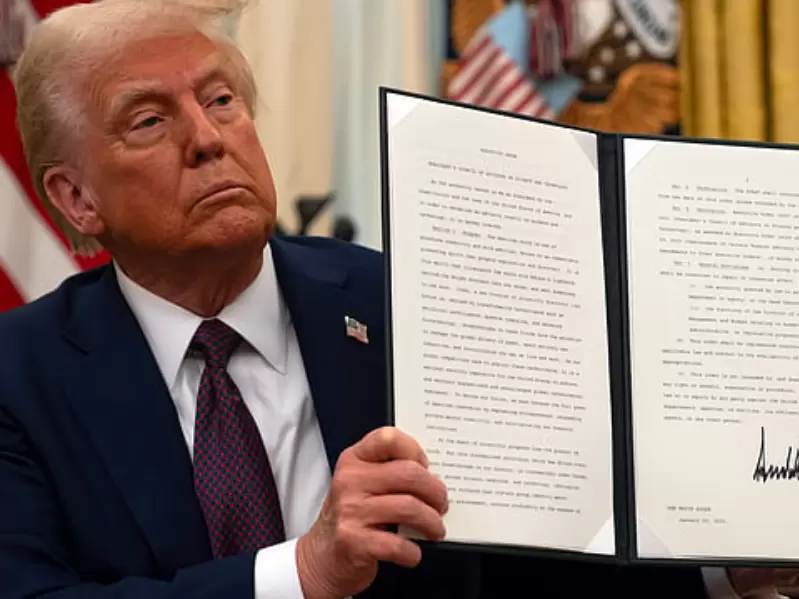
.jpg)

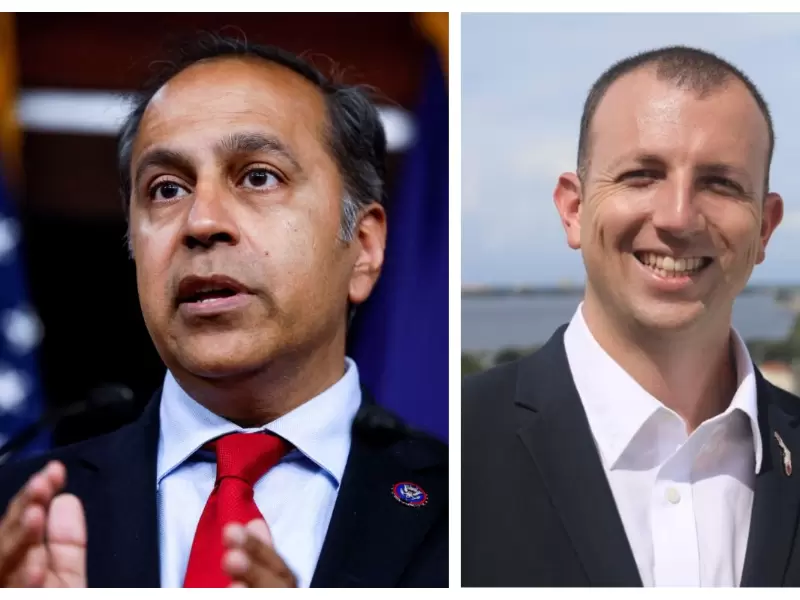
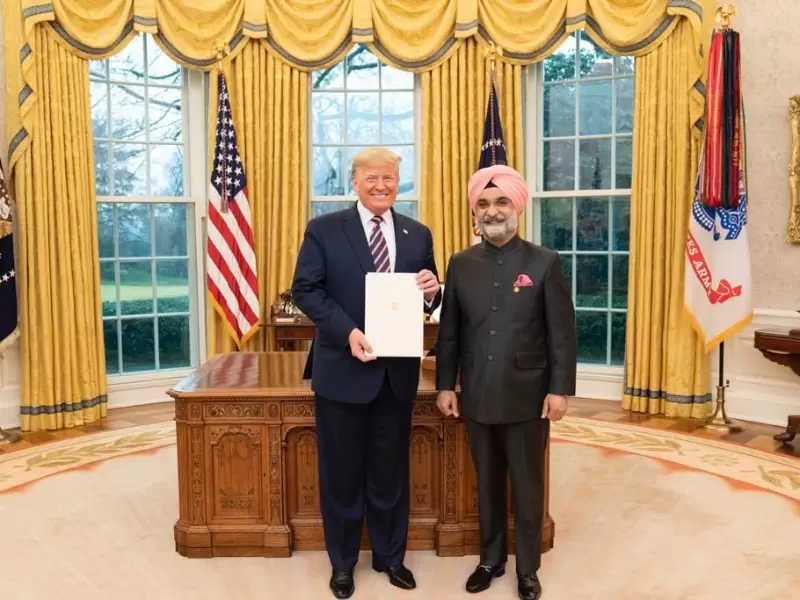



Comments
Start the conversation
Become a member of New India Abroad to start commenting.
Sign Up Now
Already have an account? Login